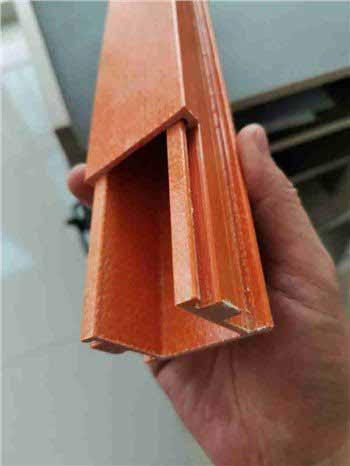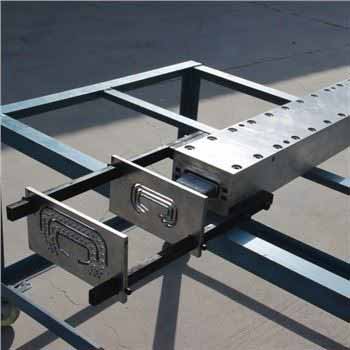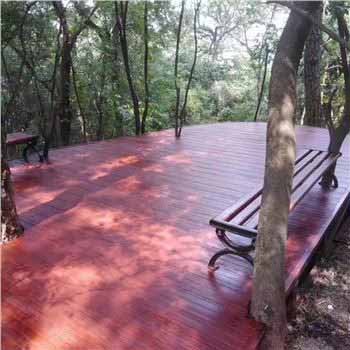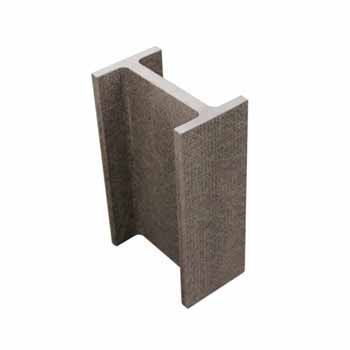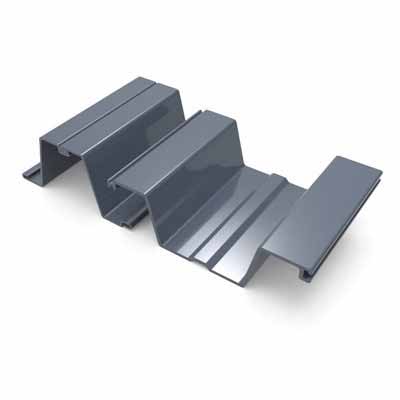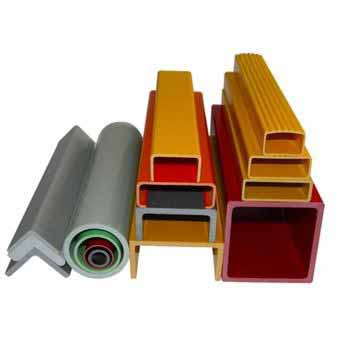What are Fiber Reinforced Polymer (FRP) and Glass Reinforced Polymer (GRP) profiles and what are they best suited for?
FRP includes composite materials with high-strength fibers typically contained within a polymer matrix. Their high strength and lightweight properties are useful in both commercial and engineering applications. They are increasingly used to replace traditional materials such as wood and metals such as steel, iron and aluminium.
Broadly speaking, GRP is a composite material that falls under the category of fiberglass-reinforced plastics (FRP). Using polyester, epoxy or vinyl as the polymer, GRP is made from fiberglass and is used primarily in commercial applications including the manufacture of boats, tubs and gliders.
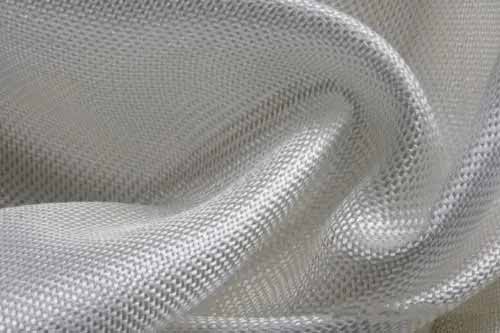
Advantages of Fiber Reinforced Polymer Composites
Sometimes a manufacturer may use one of the following terms:
- Fiberglass Composite
- Fiberglass (GRP)
- Fiber Reinforced Plastic (FRP)
These names actually refer to the same thing: a composite that uses two materials—fiber and resin. The fibers provide the reinforcement, while the resin provides the body — in technical terms, the matrix — necessary to give the product its shape.
In this article, we'll take a look at the growing popularity of FRP and GRP and the applications for which they are best suited.
FRP is a composite material consisting of a polymer matrix mixed with reinforcing materials such as fibers. Typically, the fibers can be glass fibres, aramid, basalt or carbon fibres, as well as paper or asbestos. The resulting product is typically a semi-rigid plastic product.
Meanwhile, while most fiberglass structural components are made through the pultrusion process, fiberglass can also be made through compression molding, resin transfer molding, open mold injection, and casting.
This is why pultrusion-based manufacturers often emphasize referring to the products they produce exclusively as pultruded glass fibers to avoid confusion with glass fibers produced by other methods.
What is resin made of?
The type of resin varies with the type of FRP. Historically, the types of resins used in fiberglass pultrusion include:
- Polyester
- Polyurethane
- Epoxy resin
- Vinyl ester
Polyester remains the most widely used resin and has excellent all-around properties. Advantages include relatively low cost, ease of processing, fast cure and relative robustness.
Vinyl ester may be more expensive than polyester, but results in a more durable FRP composite. In most cases, the molecular structure of vinyl esters is very similar to that of polyesters. The difference is that vinyl esters contain fewer ester groups. Therefore, the composite is more resistant to water and chemicals.
At the same time, epoxy-based fiberglass offers greater durability, strength, and chemical resistance. In addition, the epoxy resin increases the high temperature resistance of the glass fiber. That said, epoxies have more complex processing requirements and tend to be more costly in materials.
More recently, many pultruded fiberglass manufacturers have begun using polyurethane resins, which have the performance characteristics of polyurethanes that are second to none. Polyurethanes are superior to other resin types in terms of strength, toughness, heat resistance, UV light and environmental factors.
The use of pultruded products has revolutionized several industries. From heat resistance to light weight, they are an ideal alternative to traditional building materials. Pultruded fiberglass has advantages that make it one of the strongest, most durable, and most cost-effective building materials available today.
For example, it can be said that common materials such as concrete, steel, and aluminum are very effective in suppressing electromagnetic waves. In short, any magnetic or conductive material will block or distort a large number of wireless signals it encounters.
Fortunately, fiberglass is neither magnetic nor conductive. This makes fiberglass suitable for use in the telecommunications industry because it is transparent to radio waves, cellular frequencies and other forms of electromagnetic signals.
In fact, fiberglass has become the material of choice for building cell phone tower screens. They are increasingly used to provide protective layers for antennas and other telecommunications equipment.
Advantages of Fiberglass
Fiberglass is an attractive alternative to metal. Depending on the application, glass fibers offer compelling advantages, including:
- High strength
- Preservative
- Light weight
- Non-conductive
- Electromagnetic transparency
- Maintenance free
- Easy to transport and install
- Thermal stability
- Diverse applications
Pultruded products (FRP and GRP) are used in environments where strength plays a critical role. An example includes storage tanks, which need to be in contact with different kinds of liquids and store large quantities without rupturing or leaking.
Both FRP and GRP pipes are used in marine environments, refineries, sewage applications. Manufacturers are customizing profiles—color, shape, size, length—for use. This flexibility allows project managers to choose products according to their needs. For example, such pipes supply water for irrigation or hydroelectric power and discharge sewage.
Benefit
Control costs: FRP and GRP products are more sustainable than alternatives such as wood, aluminum, iron or steel. They last longer and require little maintenance.
Non-conductive: Pultruded products can be non-conductive, weather resistant, provide insulation and resist corrosion.
Easy to Transport: They are lightweight, easy and cheap to transport.


